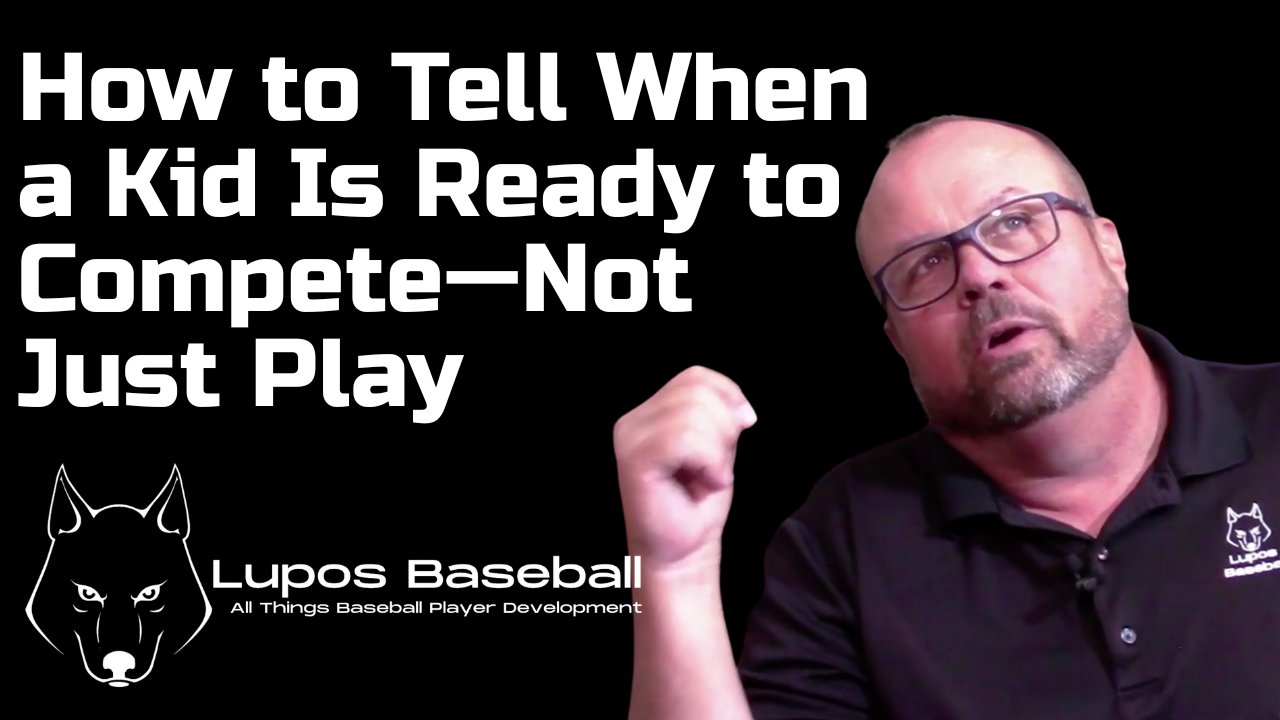Spotting the Competitive Monster: What Growth Spurts Unlock in Young Athletes
This blog explores how physical changes—such as growth spurts, increased strength, and on-field success—can awaken a young athlete’s competitive instincts. It describes the behavioral shifts that often occur when players begin to outperform peers and experience early success, and how that success can fuel a deeper drive to improve. Parents, coaches, and mentors will learn what to watch for when a player’s body and mindset start to evolve at the same time, and how to guide that transition without overstepping. This is a crucial read for families navigating youth athlete growth phases, competitive readiness, and long-term baseball development.
SUMMER BASEBALL


Spotting the Competitive Monster: What Growth Spurts Unlock in Young Athletes
It often happens suddenly: a kid hits a growth spurt, gains strength, or throws harder—and now everything on the field feels different. That success doesn’t just change the scoreboard. It can flip a switch in the player’s mindset.
We call that switch the competitive monster—and when it shows up, everything changes.
Success doesn’t just happen to the body—it affects the brain.
And when the player starts winning more, they often start wanting more.
Step 1: Watch for the Physical Spark That Changes Everything
Many young athletes are just “out there” until one day their body catches up with their potential. It could be:
A six-inch growth spurt over the winter
A sudden increase in velocity or exit velocity
Outperforming their peers for the first time
This success creates new confidence—and sometimes a new attitude.
Step 2: Observe the Demeanor Shift—Not Just the Stats
When the competitive monster shows up, you’ll notice changes in how they carry themselves:
Less goofing off between innings
More frustration with errors behind them
Higher expectations for themselves and teammates
A new seriousness—without anyone telling them to be serious
They may seem more distant, more intense, or even a bit testy at times. That’s not a bad thing. It’s a sign of shifting identity—from a player who’s just participating to a player who wants to dominate.
Step 3: Don’t Confuse Emotion with Ego—Channel It
This is a critical development moment. The player is learning to manage emotion and apply pressure. If handled right, this can be the launchpad to real growth. If ignored—or worse, overcoached—it can shut the drive down.
Parents should support the shift, not control it.
Coaches should guide the fire, not smother it.
And mentors should help the player reflect on what’s changing internally—not just what’s showing up in performance.
Want to Build the Skills to Match the Mindset?
If your athlete is starting to take baseball seriously, give them a clear path. Coach Leo’s book translates effort into structured development—especially at the plate.
BASS: Barrel Accuracy and Swing Strength – The Path to Elite Level Hitting
Visit: www.luposbaseball.com
Disclaimer:
The content shared is for informational purposes only. This is not a judgment of any person or program mentioned. All names and events are discussed from personal memory and are not meant to accuse or endorse. The goal is to share insight from lived experience.
#YouthBaseballDevelopment
#CompetitiveMindset
#AthleteGrowth
#MiddleSchoolBaseball
#BaseballTraining
#GrowthSpurtBaseball
#BASSHitting
#LuposBaseball
#PlayerDevelopment
#SoreToSoaring

